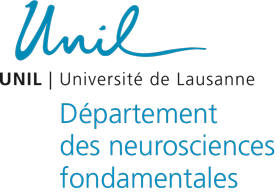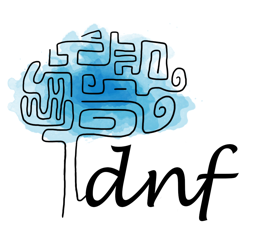PRESENTATION
The metabolite nicotinamide adenine dinucleotide (NAD+), its precursors, and its redox substrates are crucial for the viability and communication of neurons, and their ability to rapidly adapt to challenges. NAD+ homeostasis –that is, its metabolic flux– is dictated by dietary uptake of diverse precursors, de novo biosynthesis, degradation, and recycling on the cellular and systemic levels. Disturbed NAD+ metabolism is a hallmark of nervous system injury and neurodegenerative disease. However, manipulating and thus understanding NAD+ homeostasis in vivo remains challenging, as systemic manipulation often leads to animal lethality.
The overarching goal of the Neukomm laboratory is to understand how metabolism controls the degeneration of axons or neurons, and how it contributes to neuronal communication. To achieve this, the lab uses the fruit fly Drosophila which offers an array of unparalleled powerful in vivo tools to analyse gene function, dissect molecular mechanisms, observe cellular biology, study behavior, and perform unbiased forward genetic screens. The laboratory established a series of tools for manipulating metabolic flux, similar to gain- and loss-of-function mutations in genes. The combination of metabolomics with genetics, behavior and cell biology, led to the discovery of distinct mechanisms underlying axon and neurodegeneration.
Neurodegenerative mechanisms are evolutionarily conserved from flies to mammals. The research in the Neukomm lab may therefore help to uncover mechanisms of a variety of distinct neurological conditions.


